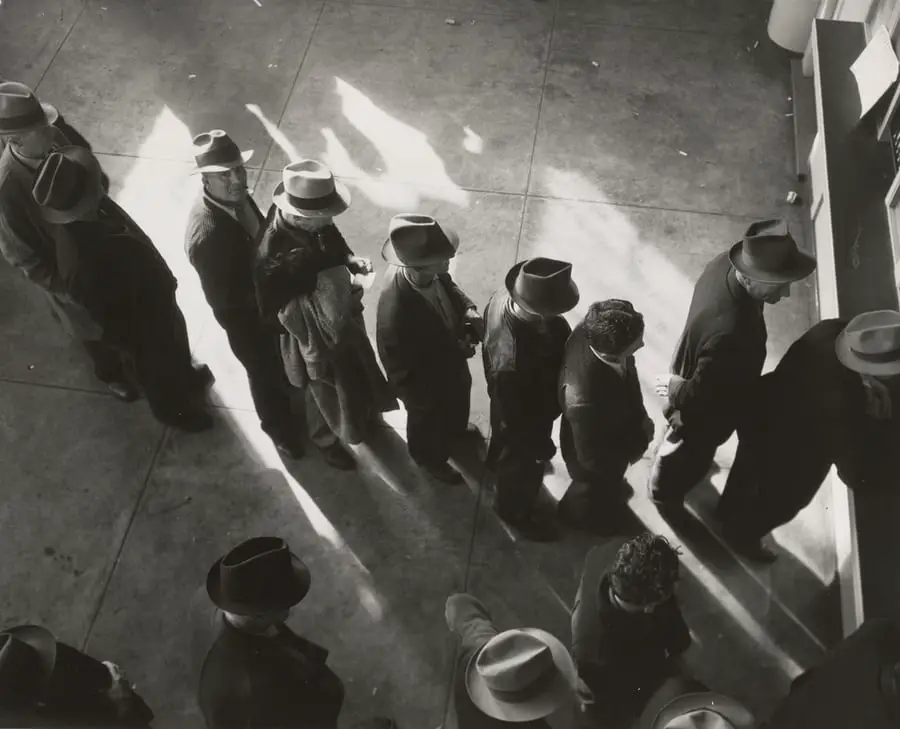
Happy Birthday To Radsresident.com!!!
Another year has gone. Indeed, it’s been a strange one. Usually, sea changes such as these occur at a snail’s pace. But, this year, they have been fast and furious. And, here at radsresident, we’ve been capturing it all! Covid, getting rid of scores on Step I, the sudden change in the job market, and the increase in teleradiology capabilities are some of the significant rapid changes we have covered in one year.
So, how has radsresident fared among all these rapid changes? Well, once again, I will break down the growth of the website, the most popular posts, some of the new changes, and what you can expect over the up and coming year!
Radsresident Growth!
This year alone, from September 24, 2019, to September 23, 2020, we have continued our rapid growth. We have had over 140,000 individual visits, up from 121,000 the year before, and 35000 from when we first started. That is 400% growth over four years. Not bad for a niche website!
Additionally, as of now, we have 360 individual posts to choose from on all sorts of radiology residency related topics and lots of new pages with cases and more. Just like last year, you can download a helpful free ebook called The New Attending Physician Guidebook: How To Search For The Right Job And What To Do Once You Start if you sign up for the weekly newsletter. You can also purchase our signature book on Amazon called Radsresident: A Guidebook For Radiology Applicant And Radiology Resident. And that does not include the precall quizzes you can take to see if you are ready to take an overnight call.
Let’s go through the most popular posts over the past year and of all time!
Most Popular Posts
Past Year (Top Ten In Order)
1. How Much Does It Take To Start A Radiology Imaging Center?
2. How To Create A Killer Radiology Personal Statement
3. How to Choose a Radiology Fellowship
4. What Clinicians Don’t Want From A Radiologist- The 8 Deadly Sins
5. How Much Work Is Too Much For A Radiologist? (Think RVUs!)
6. The Fellowship Personal Statement- What’s The Deal?
7. Top Traits Of Great Radiologists (They Might Not Be What You Expect!)
8. The Mega Five: The Ultimate Resources For The First-Year Radiology Resident
9. The Post Interview Second Look – Is It Worth My Time?
10. Radiology Private Practice Versus Other Career Pathways- Is It Worth “The Extra Money”?
All Time Most Popular (Top Ten In Order)
1.How Much Work Is Too Much For A Radiologist? (Think RVUs!)
2.How Much Does It Take To Start A Radiology Imaging Center?
3. How To Create A Killer Radiology Personal Statement
4. How to Choose a Radiology Fellowship
5. Top Traits Of Great Radiologists (They Might Not Be What You Expect!)
6. Up To Date Book Reviews For The Radiology Core Examination
7. The Post Interview Second Look – Is It Worth My Time?
8. Radiology Private Practice Versus Other Career Pathways- Is It Worth “The Extra Money”?
9. A Common Radiology Applicant USMLE Step I Misconception
10. What Clinicians Don’t Want From A Radiologist- The 8 Deadly Sins
Population Using Radsresident.com
How are you folks arriving at the posts and articles on this website?
- Organic search (Google, etc.) – 69% of readers
- Direct (typing in radsresident.com) – 12% of readers
- Social (Facebook, Twitter, etc.) – 17% of readers
- Referral (Links and websites)- 2% of readers
From where are my readers?
- The United States – 70%
- India – 7%
- Canada- 2.3%
- United Kingdom – 1.8%
- Australia – 1.2%
- Saudi Arabia 0.9%
- Pakistan 0,8%
- Brazil 0.7%
- Philippines – 0.7%
- Germany – 0.6%
How many individual users have frequented the website over the entire past year? (based on Google Analytics)
102,794 individual users (84,848 the previous year)
201,850 page views (177,288 the last year)
What Else Has Changed Recently?
You may have noticed that I have added The Residency Store to the website. It is a place where you can find radsresident products, quality affiliate companies, and affiliate merchandise relevant to the residency experience. I have been toying with the idea of making it into more of an “educational store” and highlighting educational products for residents. The store is a work in progress, and you will most likely see some more changes in this part of the website over the next year.
Plans For The Up and Coming Year!
Making plans is the fun part about running a website. You get to come up with ideas and then experiment with what works and what doesn’t. It’s the ultimate rush to try to find posts, pages, and useful products and services for my loyal readers.
So, what is in store for the website? Well, last year, I tabled creating a video series for lack of time. (Life sometimes gets in the way!) But, this year, I plan on completing some videos in a new video series called Reading More Quickly, Accurately, And Getting More Sleep. The goal is to create exclusive videos to go through how to search on each of the imaging modalities and specific anatomic regions. It will likely include CT scan, and MRI segmented into different body parts, ultrasound, nuclear medicine, fluoroscopy, mammography, and more. It’s a lot of work to make the quality sufficient for my audience. But, I hope to get the first video out before the completion of the next academic year. Folks on my newsletter will be first to know when I officially complete the first one.
With all the additional new posts and information over the past several years, I am planning to begin to compile and publish some new books specifically for the radiology applicant, the radiology resident, and the radiology fellow. These books will hone in more specifically on my core readers and those that would benefit from this website (but don’t know it yet!) That is also a work in progress.
And then, of course, you will continue to get the varied posts on all the essential information that you need to succeed in radiology applications, residency, and beyond!
As Always, It’s Great To Hear From My Audience
Once again, I am proud to be writing for this incredibly intelligent and exciting audience. One of the best parts of managing this website is to be able to have the privilege of helping you out with your radiology issues. I love to hear your opinions and thoughts with the great questions you submit on Ask The Residency Director. Please, keep the great questions coming to radsresident.com. Until next year!

















